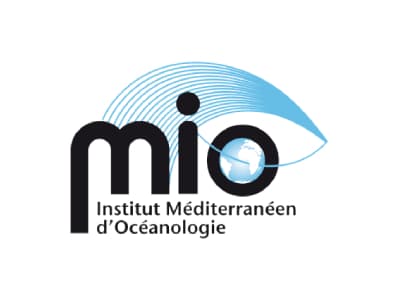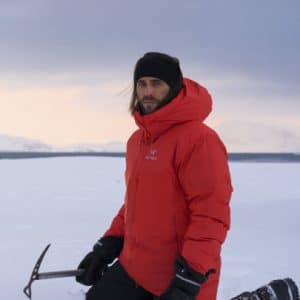


Arctic climate warming is driving widespread glacier retreat, causing thawing of permafrost, and altering ecological processes in glacier-fed downstream environments. In this seminar I explore microbially driven carbon mobilization and transformations across ablating ice surfaces to land and ocean in the High Arctic. On glacier surfaces, microbes survive and even thrive despite energy limitation, and fluctuating environmental stresses including freeze-thaw and UV irradiance. These microbial blooms drive local biogeochemical cycles and cause ice darkening, accelerating surface melting. Simultaneously, climate warming is causing widespread deglaciation and permafrost thaw, exposing glacial deposits, over which pioneer soils form. Microbial carbon cycling in recently deglaciated soils is driven by fungi which efficiently assimilate and stabilize organic carbon in soils in the earliest stages of development. Carbon transformations occurring on ice and land may alter the productivity and carbon balance of adjacent marine environments - where some fraction of carbon that is transported to and deposited in sediments is subject to remineralization in marine sediments, and some (temporarily) escapes degradation and is buried. The notion of transfer efficiency is proposed as a rigorous and consistent metric for quantifying carbon transfer through precisely-defined temporal and/or spatial horizons in sediments. Quantifying the potential alteration to the ice, land and benthic carbon pools is crucial for assessing how climate warming will alter carbon cycling in the rapidly changing polar regions.